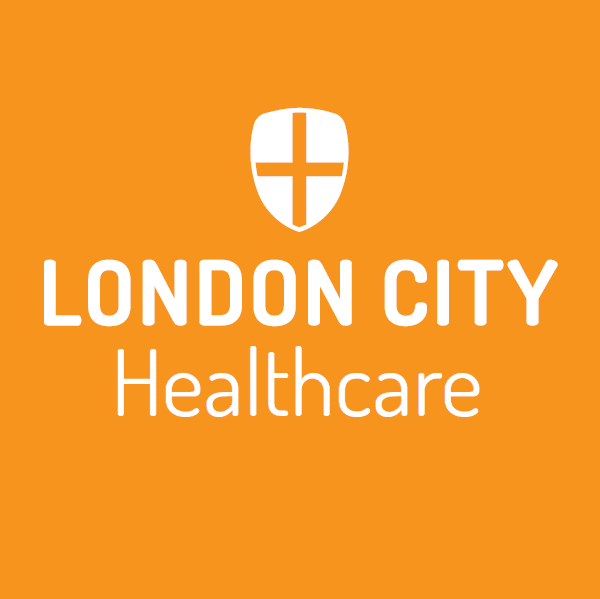Occupational health is a multidisciplinary field concerned with people’s safety, health, and welfare at work. It is a holistic approach that considers the physical, mental, and social factors that can affect workers’ health.
Occupational health professionals work to identify and control hazards in the workplace, promote healthy lifestyles, and support workers who are unwell or injured. They also play an important role in preventing work-related accidents and illnesses.
Examples of occupational health activities:
- Pre-employment health assessments
- Health surveillance for workers exposed to hazards
- Ergonomic assessments
- Workplace safety training
- Advice on managing work-related stress
- Support for workers with long-term health conditions
- Return to work plans
- Rehabilitation
What does occupational health do?
Occupational health professionals work with employers and employees to create safe and healthy workplaces. They also provide advice and support to workers on a range of health-related issues.
Some of the key things that occupational health professionals do include:
- Identifying and assessing hazards in the workplace
- Advising employers on how to control hazards and improve working conditions¹
- Providing health surveillance for workers exposed to hazards²
- Promoting healthy lifestyles and preventing work-related illness and injury
- Supporting workers who are unwell or injured to return to work safely
Occupational health at work
Occupational health, also known as occhealth, plays an important role in the workplace. It can help to improve employee morale and productivity and reduce absenteeism.
Some of the benefits of having an occupational health service in the workplace include:
- Reduced risk of work-related accidents and illnesses
- Improved employee morale and productivity
- Reduced absenteeism
- Lower healthcare costs
- Improved compliance with health and safety regulations
Occupational health policy
An occupational health policy is a document that outlines the employer’s commitment to the health and safety of its employees. It should set out the employer’s responsibilities for providing a safe and healthy workplace, as well as the rights and responsibilities of employees.
An occupational health policy should be developed in consultation with employees and trade unions. It should be reviewed and updated regularly to ensure that it is effective and meets the needs of the business.
Role of Occupational Health
The role of occupational health is to protect and promote the health of workers. Occupational health professionals work with employers and employees to create safe and healthy workplaces and to support workers who are unwell or injured.
Occupational health professionals play a vital role in preventing work-related accidents and illnesses. They also help ensure that workers can safely undertake their job roles.
Workplace occupational health
Workplace occupational health is the practice of occupational health within the workplace. It is a holistic approach that considers the physical, mental, and social factors that can affect workers’ health.
Workplace occupational health professionals provide advice and support to employers and employees on a range of health-related issues.
Some of the key activities of workplace occupational health include:
- Pre-employment health assessments
- Health surveillance for workers exposed to hazards
- Ergonomic assessments
- Workplace safety training
- Advice on managing work-related stress
- Support for workers with long-term health conditions
- Return to work plans
- Rehabilitation
Occupational health support
Occupational health support can be provided in a variety of ways, including:
- On-site occupational health clinics
- Mobile occupational health services
- Telephone and online consultations
- Employee assistance programmes
The type of occupational health support that is most appropriate will depend on the size and needs of the organisation.
Case study example
A construction company was concerned about the high number of work-related injuries and illnesses that were occurring. The company decided to implement an occupational health programme.
The occupational health programme included the following activities:
- Pre-employment health assessments
- Health surveillance for workers exposed to hazards
- Ergonomic assessments
- Workplace safety training
- Advice on managing work-related stress
- Support for workers with long-term health conditions
- Return to work plans
As a result of the occupational health programme, the number of work-related injuries and illnesses decreased significantly. The company also reported improved employee morale and productivity.
References
- Jain, A.; Hassard, J.; Leka, S.; Di Tecco, C.; Iavicoli, S. The Role of Occupational Health Services in Psychosocial Risk Management and the Promotion of Mental Health and Well-Being at Work. Int. J. Environ. Res. Public Health 2021, 18, 3632.
- Koh D, Aw T. SURVEILLANCE IN OCCUPATIONAL HEALTH Occupational and Environmental Medicine 2003;60:705-710.
Article fact-checked and approved by Dr. Amun Kalia and Dr Deryk Waller
